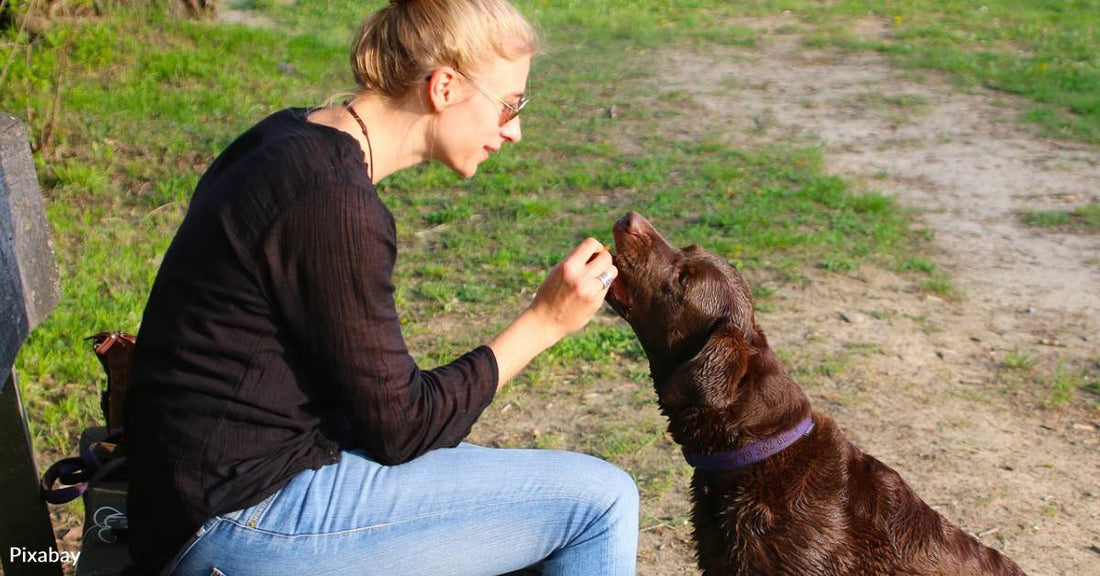We May Not Understand Our Dogs As Well As We Think
Michelle Milliken
We tend to have an emotional connection with our pets, but does that mean we actually understand their emotions? According to new research, we may struggle with it.
A pair of researchers from Arizona State University recently studied how external factors may get in the way of understanding how our dogs are feeling. The team says the findings of this sort of research can ultimately help with animal welfare and developing theories on animal emotions.

To conduct the study, published in the journal Anthrozoos, the team recorded videos of dogs in generally positive or generally negative situations. In a first set of experiments, they showed participants these videos with and without visual background and context. In the second set of experiments, they switched backgrounds on videos to provide mismatched context. In each viewing, participants were asked to describe the dog’s emotions.
The researchers found that context, rather than the dog itself, impacted how viewers interpreted things. For example, if they saw a human doing something positive, they assumed the dog was feeling good, too.
Researcher Holly Molinaro says, “In our study, when people saw a video of a dog apparently reacting to a vacuum cleaner, everyone said the dog was feeling bad and agitated. But when they saw a video of the dog doing the exact same thing, but this time appearing to react to seeing his leash, everyone reported that the dog was feeling happy and calm. People were not judging a dog’s emotions based on the dog’s behavior, but on the situation the dog was in.”

The team also found that people tended to project their own human feelings onto dogs, despite the fact that we don’t express or process emotions in the same way.
The results show that because outside factors influence how we interpret a dog’s emotions, we may not be so great at understanding what they’re really feeling. However, the researchers provide some pointers on how we may be able to change that.
Molinaro explains, “The first step is just to be aware that we are not that good at reading dogs’ emotions. We need to be humbler in our understanding of our dogs. Once we can start from a basis of understanding our biases, we can begin to look at our pups in a new light.
“Every dog’s personality, and thus her emotional expressions, are unique to that dog. Really pay attention to your own dog’s cues and behaviors.”


